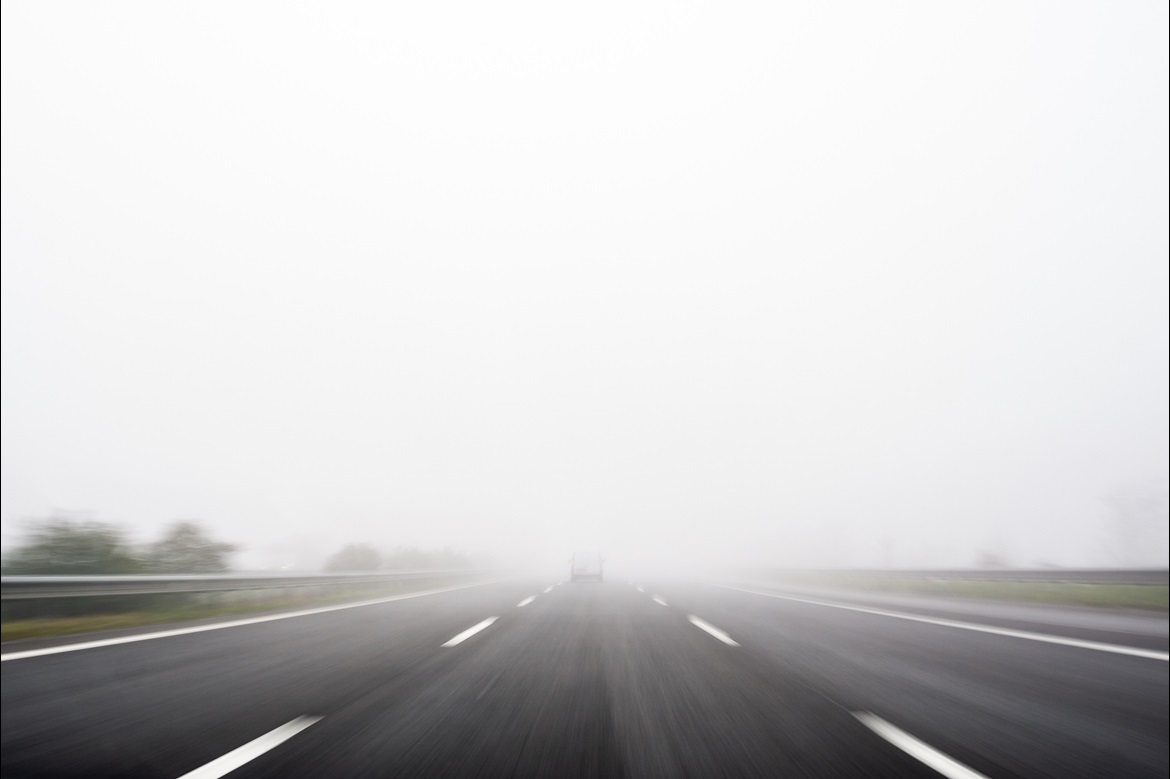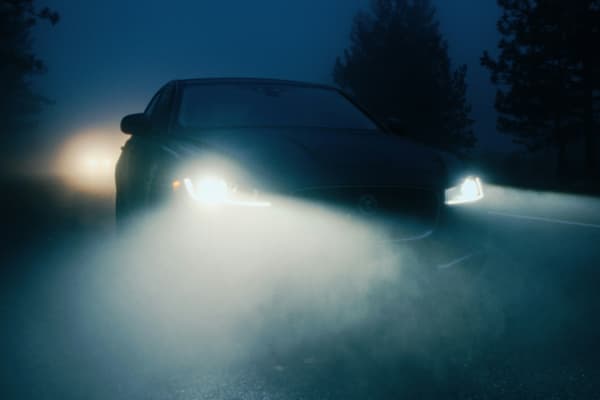Driving in Fog: Staying Safe in Poor Driving Conditions

Autumn and winter bring plenty of challenging driving conditions, but don’t panic, staying safe on foggy days is simple.
Needless to say, fog reduces your visibility, sometimes leaving you only able to see a few metres ahead, which drastically reduces the time you have to react to any hazards in your path.
Here’s everything you need to know about driving in fog, including what lights to use when it's as thick as pea soup.
Reduce your speed
The most obvious advice, but also the most important. If you can’t see as well as normal, you need to take it slow.
However, if you suddenly find yourself in a thick patch of fog, that doesn’t mean you should immediately slam on the brakes, because there could be ice on the road and you won’t give vehicles behind you much time to react.
Driving slowly and steadily also gives you the chance to safely get around corners that you hadn’t seen coming.
Also, when driving in fog at night, you may need to pull over for breaks to rest your eyes as you’re focusing hard to see in limited visibility.
Turn on your fog lights
According to the Highway Code, you can turn on your fog lights when visibility has dropped below 100m.
If you aren’t sure how to decide if that’s the case:
- You can work off the general rule that at 30mph it should take you eight seconds to drive 100m
- Pick something in the distance that you can only just see through the fog and see how long it takes you to get there
- If it’s less than eight seconds, you need your fog lights
It’s actually illegal to have your fog lights on when it’s not foggy, so don’t forget to turn them off again.
Control your headlights manually
You may not be obligated to use your fog lights when it’s foggy, but you do need to have your headlights on in those conditions.
When it’s particularly thick fog, it’s generally best to have them dipped rather than on main beam, which can just get reflected back at you by the fog and actually worsen your visibility.
If your car has an automatic headlights setting, it’s worth remembering that this might not be activated by fog, as it might not be ‘dark’ enough, so turn them on manually when you need them.
Keep your distance
In 2020 we all learned to socially distance and this is even more important in fog. Normally we’re advised to keep at least a two-second gap between yourself and the car in front, but in these conditions you should increase that to three seconds to give yourself extra reaction time.
Use your demister
When the visibility is bad outside the car, the last thing you need is for visibility to worsen inside it too. Fog causes condensation, so use your heater (on a warm setting, not a cold one) and any heated windscreen options you’ve got available to keep your windscreen as clear as you can.
There are several other things you can do to prepare for the gloom:
- You can prioritise safety by planning ahead where possible
- Make sure your car is well maintained and fully charged before you set off and you have all of the essentials you need with you so you are covered for any eventuality
- You will want the best lights for your car and LED lights offer improved visibility in poor weather conditions
- If LED lights don’t come as standard with your desired vehicle, you can always choose them as an optional extra when you customise a car with us
So those are some of our top tips for driving in fog. Since fog tends to come hand in hand with shorter days, why don’t you check out our guide to driving in the dark so you can feel confident tackling the roads at night?
Posted on: 25th March 2021




